Wildlife Sanctuaries Across the World Saving Endangered Flora and Fauna
While the self-centered humankind thinks of itself as the center of the planet and the universe, it does share this safe haven with millions of other species. An estimated 15 million different species live on earth, but only 2 million of them are currently known to science. While wildlife sanctuaries across the world are trying to preserve threatened species, they face the ravages of human-created pollution and climate change, pushing them toward the brink of extinction – while humankind enjoys its exploits, Oh! So proudly.
In contemporary times, in a world overpopulated by mankind, the need for dedicated space for wildlife has become increasingly important. National parks, wildlife sanctuaries, and protected areas for nature help conserve the wildlife species across the world – small and large, both.
Table of Contents
What is a Wildlife Sanctuary?
From microscopic arthropods to the blue whales, wildlife species are everywhere on the planet. They roam their habitats in a carefree manner, be it the gentlest manatee or the deadliest of the box jellyfish. But not all of them can live in their natural habitat, owing to the various anthropogenic activities.
Humans and their unending thirst for advancement directly or indirectly endanger a lot of species of animals throughout the years. As many species of flora and fauna are on the verge of extinction, wildlife sanctuaries have become more vital.
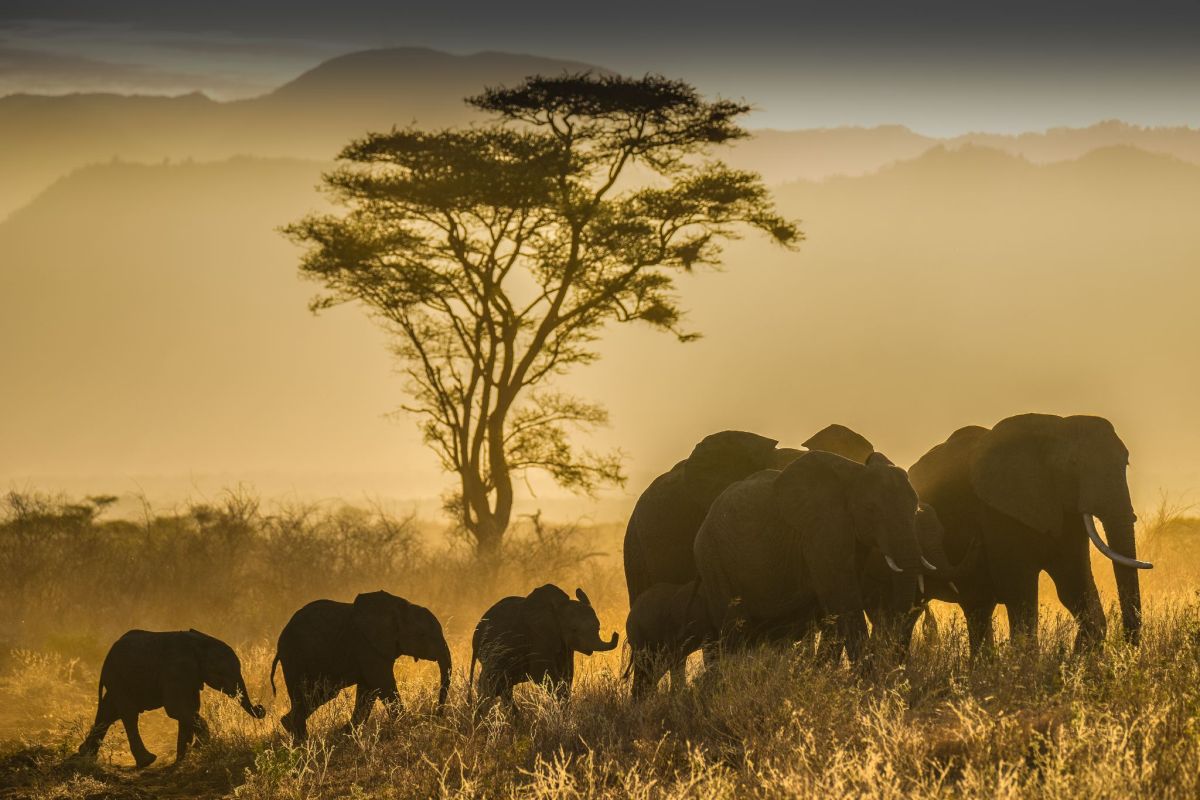
Wildlife sanctuaries are protecting endangered species across the world | Image: Charles Walker
A sanctuary is a place where birds and animals can live and be protected, especially from being hunted or dangerous conditions. Wildlife sanctuaries across the world exist for many specific reasons, but the one being most prominent is to help protect wildlife species and safeguard them.
Importance of Wildlife Sanctuaries
Their sole goal is to protect the species from any dangers, including extinction – as they are established to protect the endangered species in particular. Tourism is not permitted in wildlife sanctuaries anywhere across the world. The animals are taken care of and allowed to live peacefully in their natural habitats.
Unfortunately many animal species today face extinction, mostly because their natural habitats are being increasingly destroyed. Wildlife sanctuaries safeguard these habitats, and provide a safe space for wildlife to breed and survive.
As many species of flora and fauna are on the verge of extinction, wildlife sanctuaries have become more vital across the world. There are many wildlife sanctuaries around the world that are rehabilitating and rescuing animals which would otherwise be unable to survive.
There are wildlife sanctuaries on all six continents, and some of them are preserving the most distinct and threatened species across the world.
Preservation across Asia
Elephant Nature Park, Thailand
This sanctuary and rescue center for elephants in Northern Thailand was co-founded by Sangduen Lek Chailert in 1990s. Lek Chailert started working on elephant conservation in 1996, after the teak logging that used elephants, had been banned in Thailand in 1989, and left those elephants abandoned or sold for use in the tourist industry or for begging in cities.
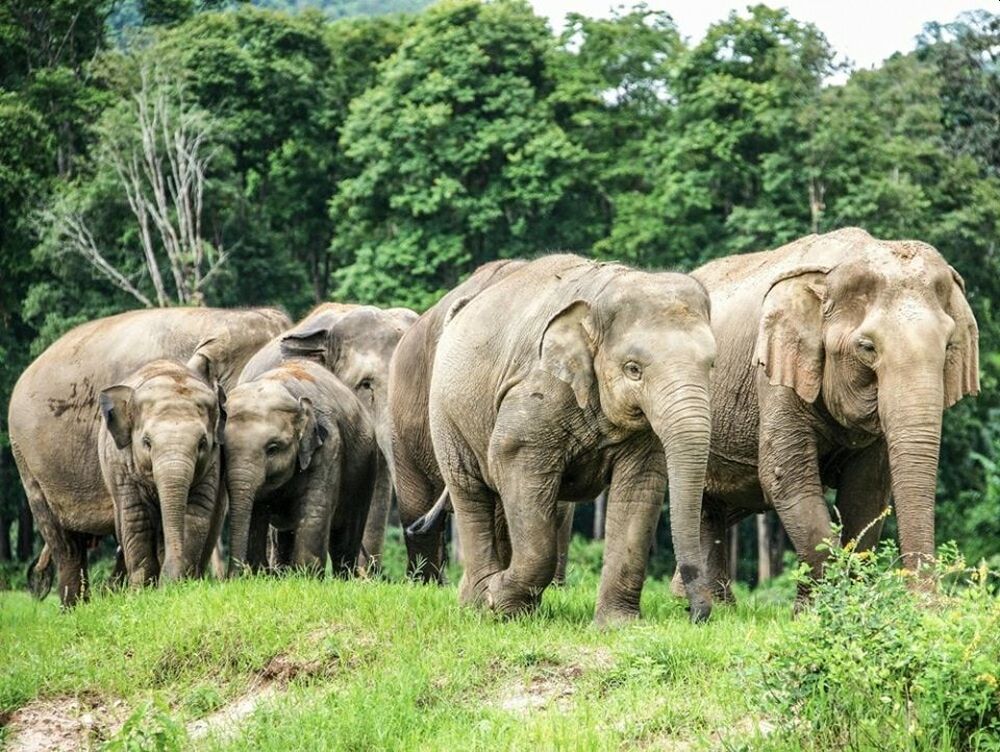
Image: Elephant Nature Park
Elephant Nature Park is a unique project that provides sanctuary for rescued elephants and operate under a business model in which tourists pay to visit and help care for the animals. As of 2016, Chailert had rescued a total of 200 distressed elephants since she began her work in 1996. Many other parks have been opened in the country to save the elephants.
Kaziranga National Park, India
One of the most important wildlife reserves in Indian subcontinent, Kaziranga National Park contains significant breeding populations of 35 mammalian species, of which 15 are enlisted as threatened on the IUCN Red List. The 430 square kilometer area of the park is brimming with wildlife. It is home to the world’s largest population of the Greater One-Horned Rhinoceros, wild Asiatic water buffalo and eastern swamp deer.
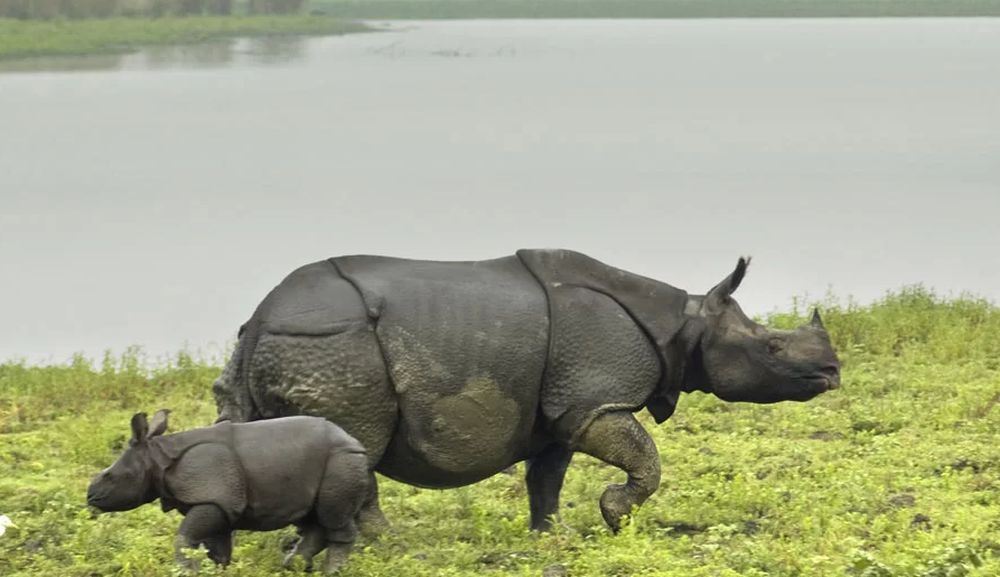
Image: Kaziranga National Park
A variety of migratory birds, water birds, predators, and scavengers also inhabit the park, many of which are vulnerable or threatened. Other threatened species include the black-breasted parrotbill and the rufous-vented grass babbler. Various endangered reptile species are thriving in the park as well.
Chengdu Research Base of Giant panda Breeding, China
The Chengdu Research Base of Giant panda Breeding – covering an area of about 247 acres, is famous for the protection and breeding of endangered wild animals that are unique to China, including giant pandas and red pandas.
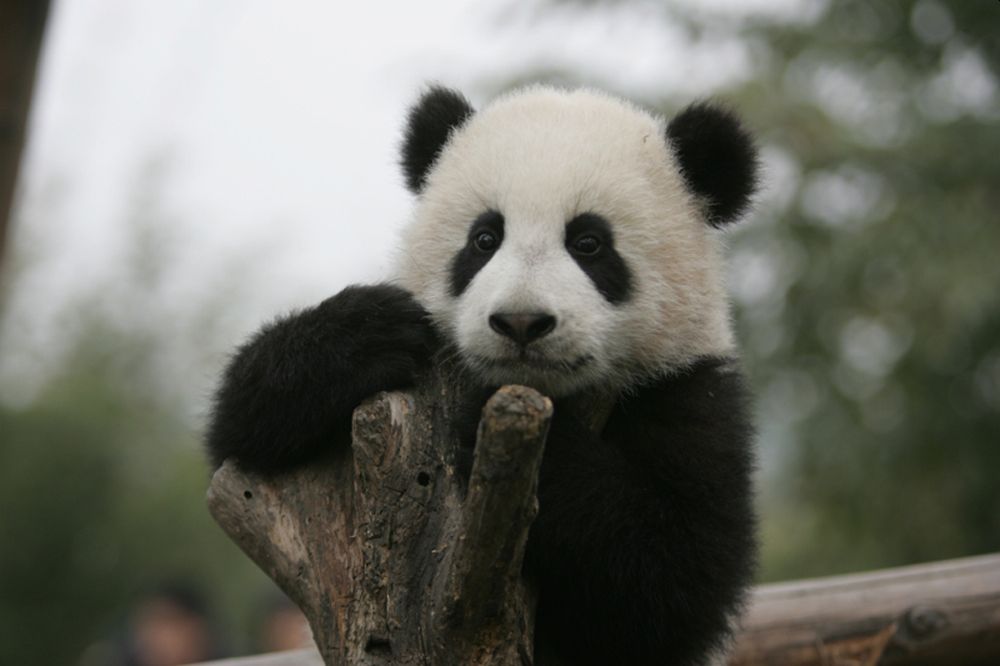
Image: Cheng du Research Base of Giant Panda Breeding
Chengdu Panda Base was founded in 1987 with a goal to “be a world-class research facility, conservation education center, and international educational tourism destination.” It is honored as “the national treasure’s natural paradise and the people’s land of idyllic beauty” for its beautiful environment of overlying mountains, clean water, lush trees, and twittering birds.
Boon Lott’s Sanctuary, Thailand
Located in northern Thailand, this sanctuary was established by English animal lover Katherine Connor, who volunteered at a Thai elephant hospital. During her time there, she formed a strong bond with a premature baby elephant. Unfortunately, the elephant died, but her passion for elephant conservation increased.
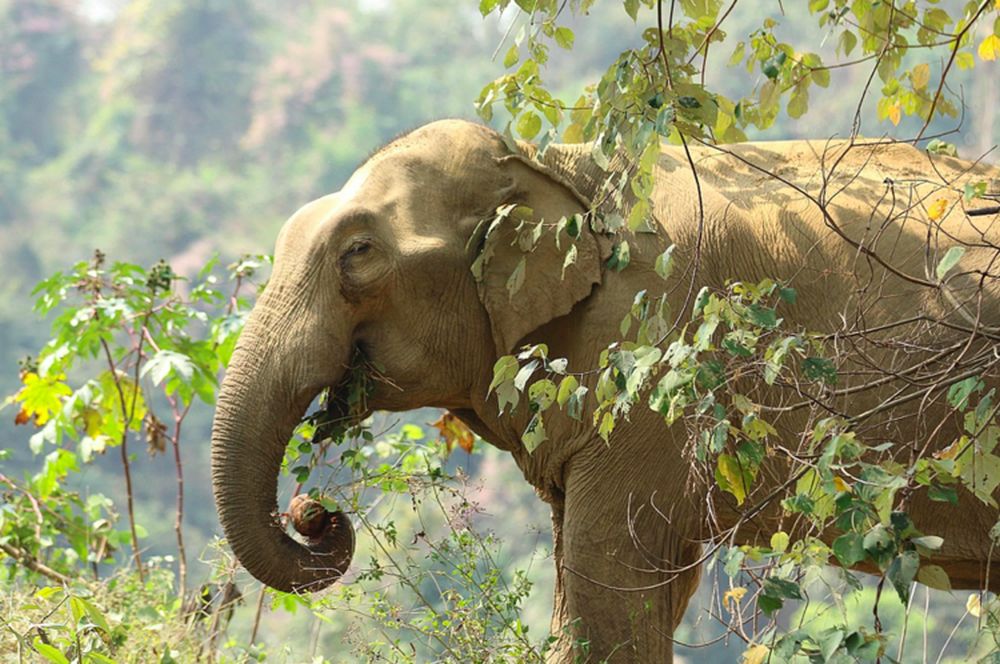
Image: Boon Lott’s Elephant Sanctuary
All the elephants at Boon Lott Sanctuary have been rescued from abuse or ill-treatment of Thailand’s tourism industry. Currently, the sanctuary is home to twelve elephants and a growing menagerie of other animals, all saved from abuse and cruelty.
Bharatpur Bird Sanctuary, India
Now known as Keoladeo Ghana National Park, Bharatpur Bird Sanctuary is famous for hosting thousands of birds, especially during the winters. The park is a habitat of rare and endangered species such as the Siberian Crane.
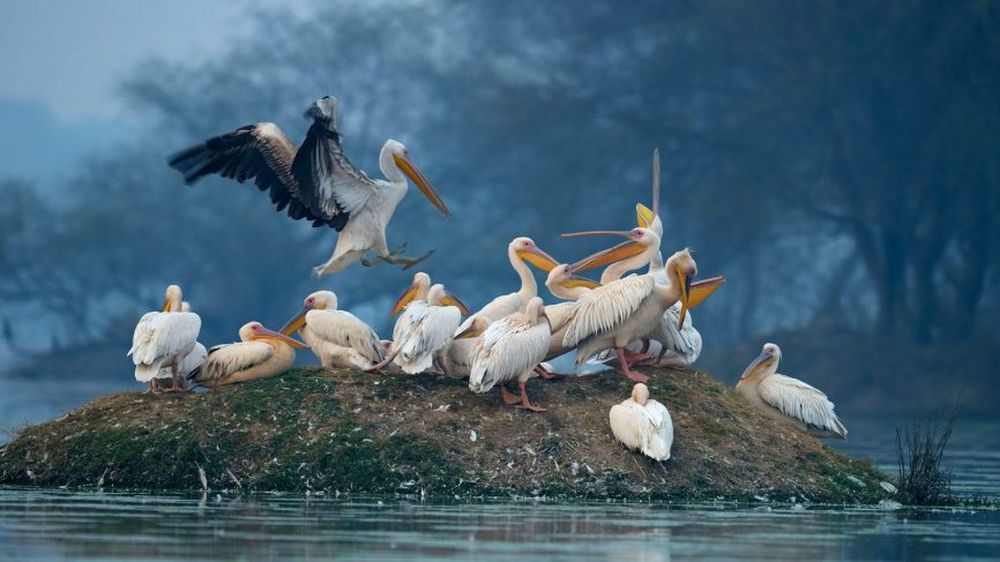
Image: Aditya “Dicky” Singh
It is a wetland of international importance for migratory waterfowl. The total area of the Bharatpur Bird Sanctuary is around 29 square kilometers, among which approximately 11 square kilometer is the swampland; while the rest of the area consists of the big grasslands and scrublands.
Tanjung Puting National Park, Indonesia
Located in the southeast part of West Kotawaringin Regency in the Indonesian province of Central Borneo, the park is famous for its orangutan conservation. Tanjung Puting is brimming with a complex mosaic of diverse lowland habitats. It contains 3,040 square kilometers of low lying swampy area, which inhabits mangrove swamps teeming with wildlife.
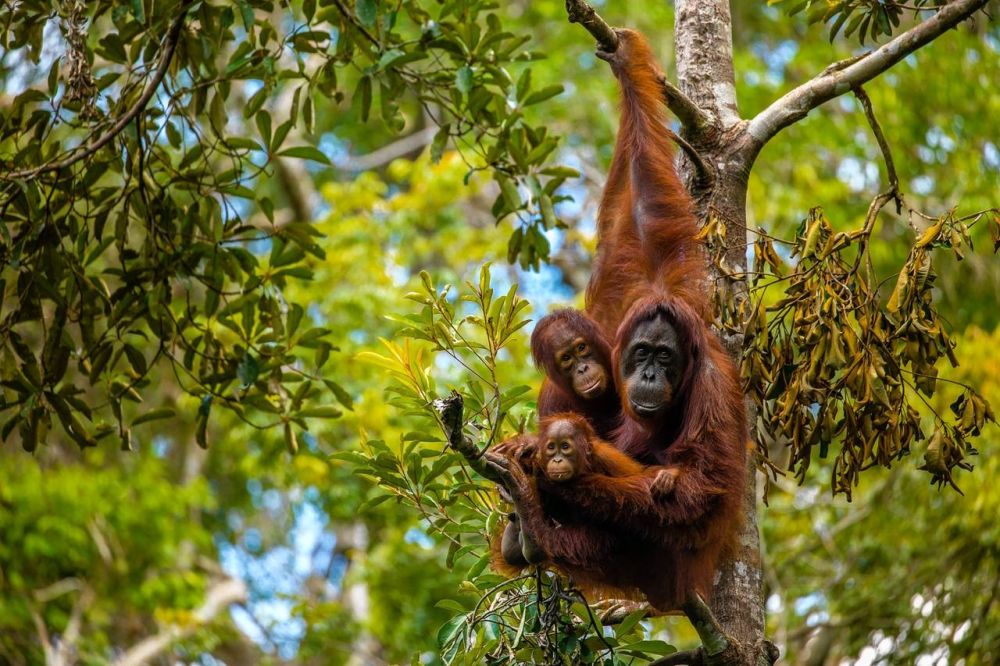
Image: Wall Street Journal
The main attraction of the park are the orangutans, made famous through the long-term efforts of the Orangutan Research and Conservation Program. The wildlife in the park also includes eight other primate species, clouded leopards, civets, Malaysian sun bears, three deer species, and the wild cattle known as banteng. Tanjung Puting is home to over 230 species of birds, including hornbills, deep forest birds, and many wetland species.
Penang National Park, Malaysia
Penang National Park is famous as home for 417 flora and 143 fauna species, many of which are listed as critically threatened or endangered on the IUCN Red List. It has five habitat types that are not found in other major Malaysian nature reserves. Mangroves are found along the coastal beach areas with secondary forest rising up off the coast.
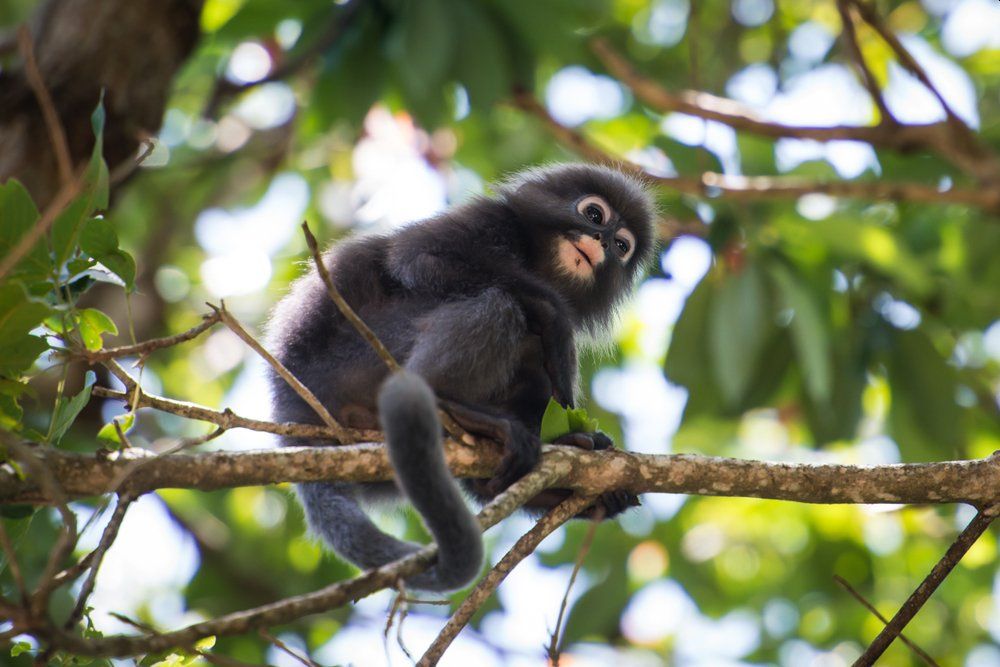
Image: Global Alliance of National Parks
Wildlife of the park includes dolphins, green turtles, hawksbill turtles, and sea otters in the sea; while dusky leaf monkeys and long-tailed macaques reside in the secondary forests. Other popular species are boar, wild cat, mouse deer, monitor lizards, squirrels, and various bat species with other 36 different species.
Ream National Park, Cambodia
Established in 1993, Ream National Park’s biological value is defined by its pristine beauty bestowed upon it by a combination of rivers, forests, mangroves, beaches, coral reefs, wildlife, and marine life. The park encompasses 210 square kilometer, divided into 150 square kilometers of terrestrial and 60 square kilometers of marine habitats.
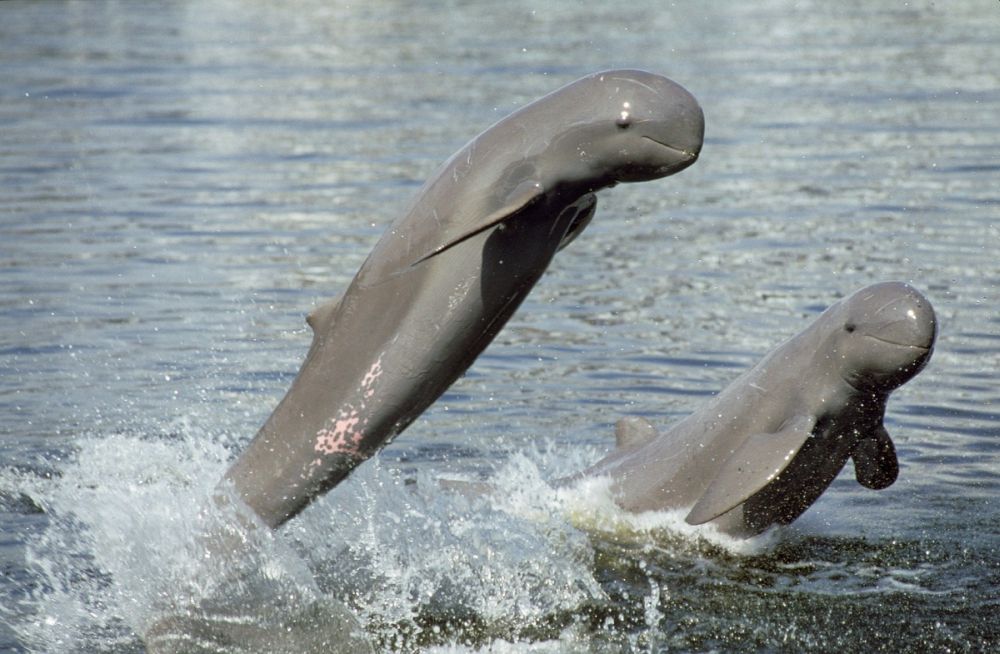
Image: Ream National Park
Wildlife found in the national park includes many vulnerable and threatened species including dugongs, turtles, dolphins, Sarus crane, pelicans, and many others. Flora habitats of the park include lowland evergreen forest, melaleuca forests, and mangrove forest.
Sundarbans National Park, India
The Sundarbans National Park is a national park, tiger reserve and biosphere reserve in West Bengal, India. It is densely covered by mangrove forests, and is one of the largest reserves for the Bengal Tiger. The endangered species living in the Sundarbans are royal Bengal Tiger, saltwater crocodile, river terrapin, olive ridley turtle, Ganges river dolphin, hawksbill turtle, and mangrove horsehoe crab.
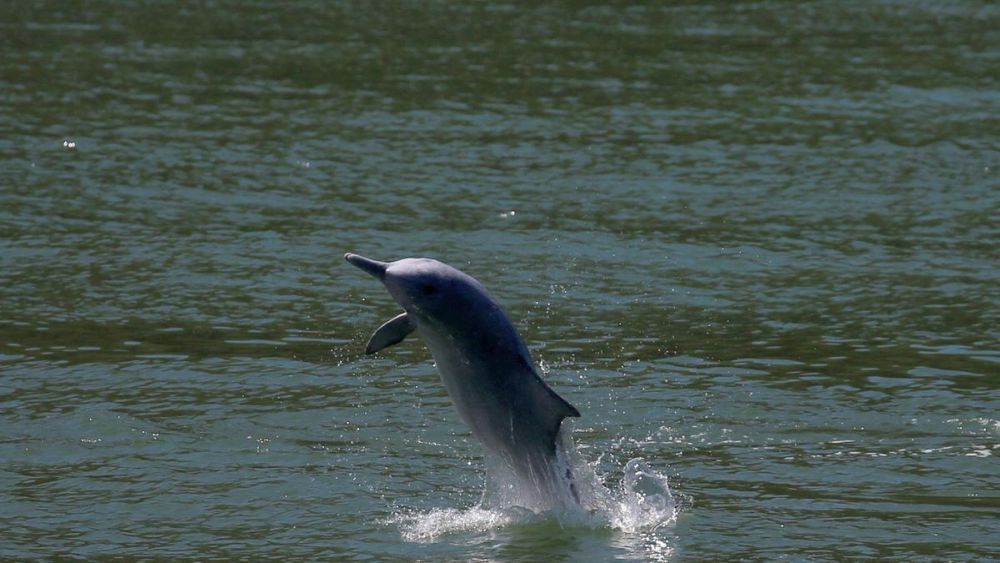
Image: The National
Coastal waters off Sundarbans host critical habitats for endangered cetaceans, resident groups of Bryde’s whales, a newly rediscovered critical population of Irrawaddy dolphins, Ganges river dolphins, and Chinese white dolphins. Finless porpoises, Indo-Pacific bottlenose dolphins, spinner dolphins, and pantropical spotted dolphins are also found in the area.
Ranthambore National Park, India
Ranthambore National Park boasts being home to a large number of mammals, reptile, and bird species. The park is primarily known as the home to Royal Bengal Tigers; it hosts deciduous forests and endangered wildlife such as Bengal Tiger, Indian leopard, sambar, striped hyena, sloth bear, mugger crocodile, and chital.
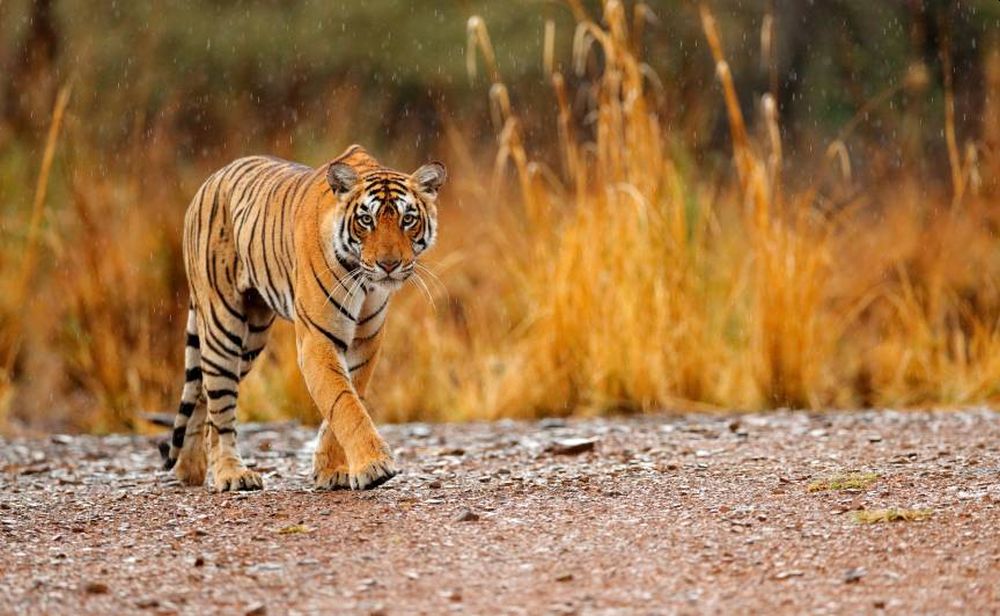
Image: Ranthambore National Park
There are 40 species of mammals, 35 species of reptiles, and 30 species of birds. The park also has a large number of mugger crocodile, snub-nosed marsh crocodile, desert monitor lizard, tortoise, banded kraits, cobras, common kraits, Ganga soft-shelled turtles, Indian pythons, North Indian flap-shelled turtles, rat snakes, Russel’s vipers, saw-scaled vipers, and the Indian chameleon.
Yala National Park, Sri Lanka
Yala National Park is home to 44 varieties of mammal and 215 species – many of these species are threatened and endangered according to the IUCN Red List. It also boasts of the world’s biggest concertation of leopards, majestic elephants, sloth bears, sambars, jackals, spotted dear, peacocks, and crocodiles.
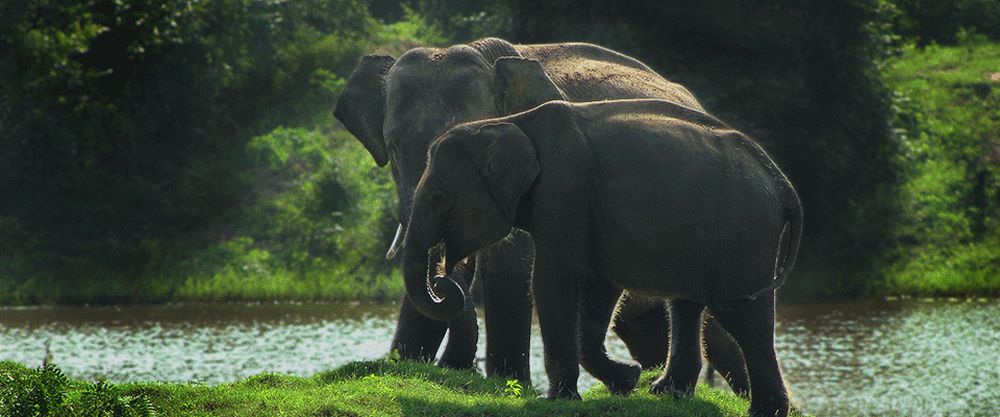
Image: Yala National Park
Toque macaque, golden palm civet, red slender loris, and fishing cat are among the other mammals that inhabit Yala. There are 47 reptilian species in the park, and six of them are endemic. There are 18 amphibian species and 21 freshwater fish species in Yala National Park.
Wildlife Reserves in Africa
Wechiau Community Hippo Sanctuary, Ghana
Wechiau Community Hippo Sanctuary is a unique community-based project, protecting and preserving the wildlife and the environment of a 40 kilometer stretch of the Black Volta River in Ghana’s Upper West Region.
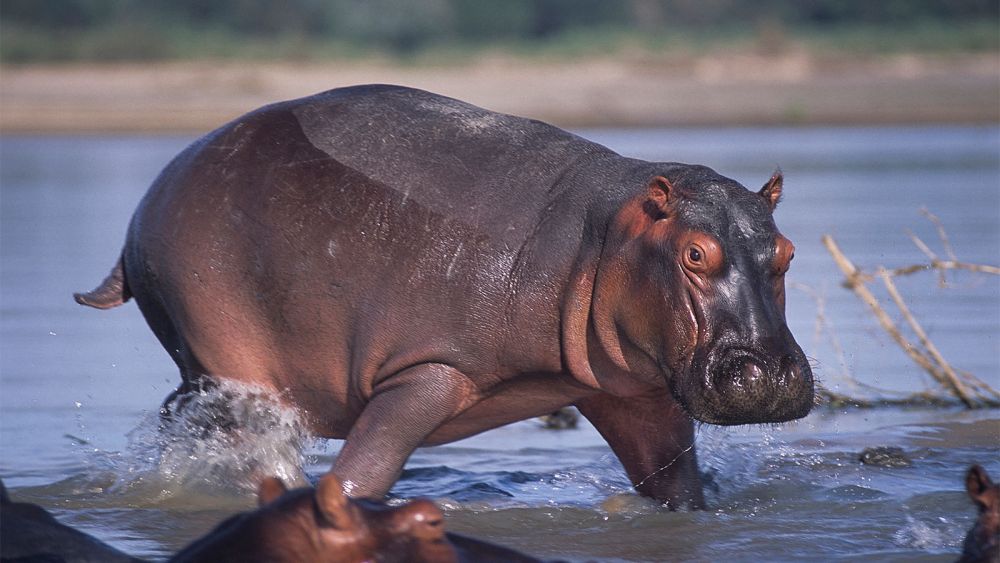
Image: Giampaolo Cianella
The river is home to one of the two last hippopotamus populations in Ghana, and was created into a Sanctuary by local chiefs in 1999. Hippos can typically be seen from November to March; once the rainy season (April to October) is ongoing, however, hippos disappear and the location becomes very hard to reach.
The David Sheldrick Wildlife Trust, Kenya
This organization has been working for the welfare of wildlife species since 1977, rescuing orphan elephants and rehabilitating wildlife in Kenya. The Sheldrick Wildlife Trust works closely with Kenya Wildlife Service, the Kenya Forest Service and local communities to achieve their long-term objective to secure safe havens for wildlife in Kenya.
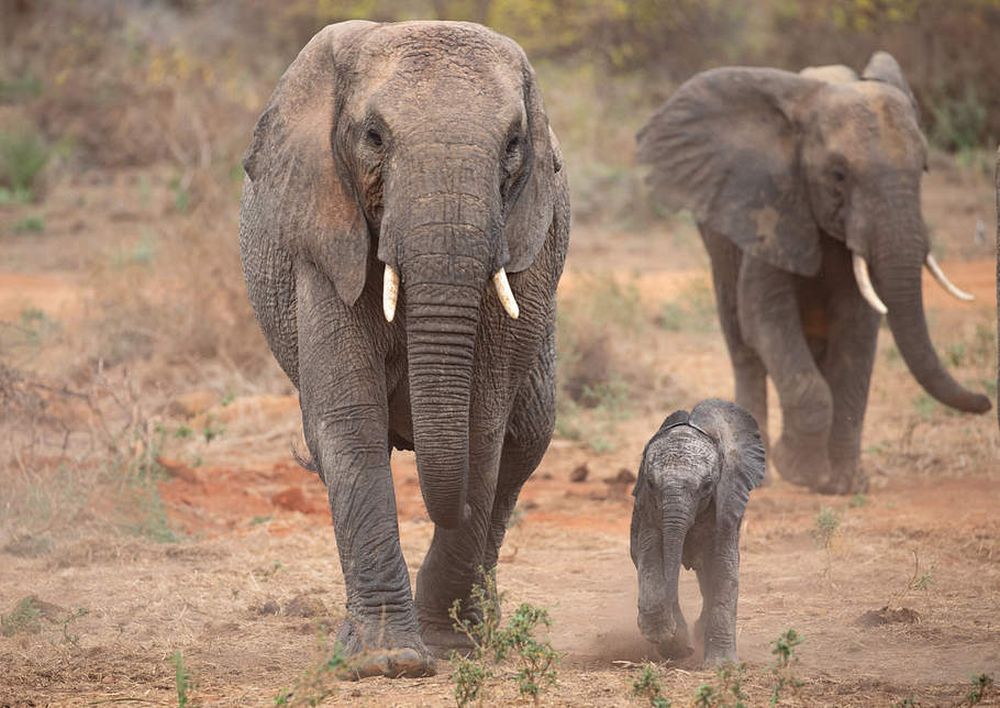
Image: Sheldrick Wildlife Trust
Working on the principles of conservation, preservation, and protection of wildlife, the trust protects the wildlife from poachers, safe guards the natural environment, enhancing community awareness, addressing animal welfare issues, providing veterinary assistance to animals in need, rescuing and hand rearing elephant and rhino orphans.
SanWild Wildlife Sanctuary, South Africa
The SanWild Wildlife Sanctuary is a private trust which was published in 2000. The main objective was to provide a safe sanctuary where rescued animals could be returned into the wild to live their lives and raise their offspring. Spanning over 2600 hectares, this sanctuary plays a major role in wildlife conservation in a country where poaching and unethical hunting pose a major threat to the species.
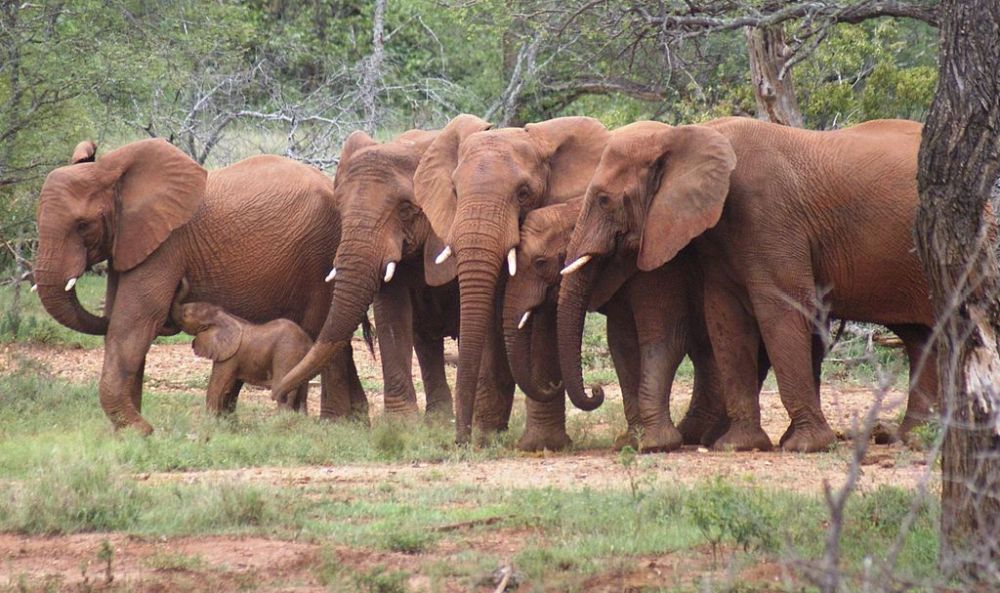
Image: Louise Joubert
Rehabilitated animals include African leopard, cheetah, lion, impala, greater kudu, blue wildebeest, red hartebeest, waterbuck, common and mountain reedbuck, grey duiker, nyala, South African giraffe, plains zebra, steenbok, warthog, southern white rhino, aardvark, pangolin, hippo and African bush elephant.
Djoudj National Bird Sanctuary, Senegal
The Djoudj National Bird Sanctuary lies on the southeast bank of the Senegal River in Senegal. It provides a range of wetland habitats which prove very popular with migrating birds, many of which have just crossed the Sahara.
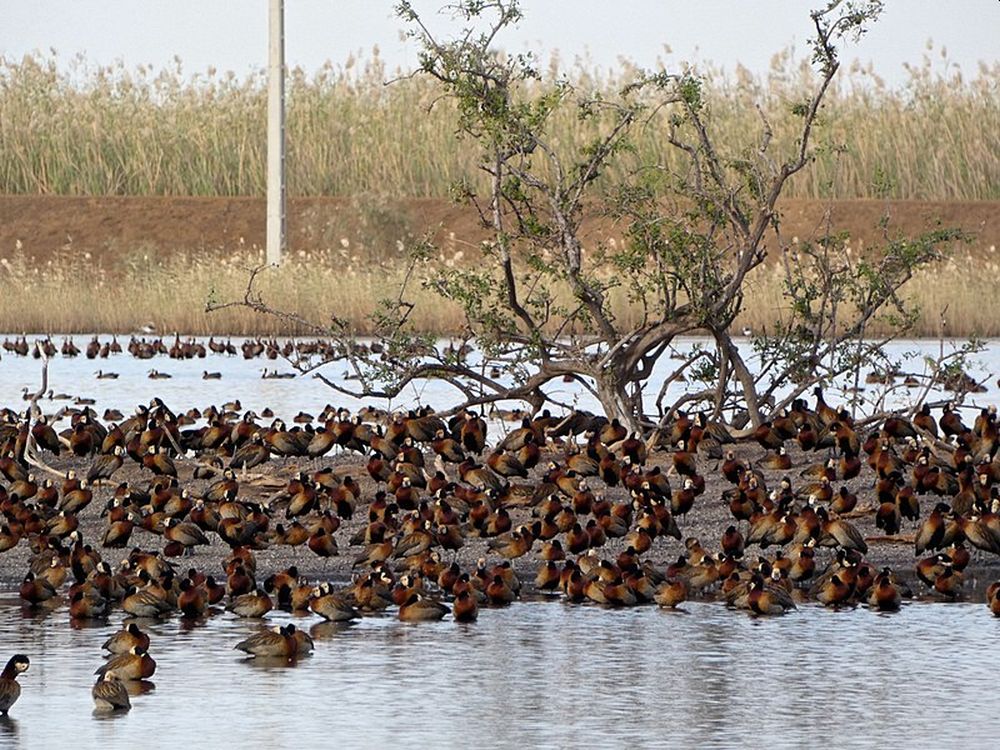
Image: John Crane
Of almost 400 avian species, the most visible are pelicans and flamingos. Other species are the aquatic warbles migrating here from Europe; for whom the park is the single most important wintering site yet found. It forms a living but fragile sanctuary for nearly 1.5 million birds, including the white pelican, the purple heron, the African spoonbill, the great egret and the cormorant.
Etosha National Park, Namibia
Etosha National Park is a national park in northwestern Namibia. The park is home to hundreds of species of mammals, birds and reptiles, including several threatened and endangered species such as the black rhinoceros. Elephants, lions, leopards, and rhinoceros are common in the park. Other rare and endangered species residing in the park include the black-faced impala and fleet-footed cheetah.
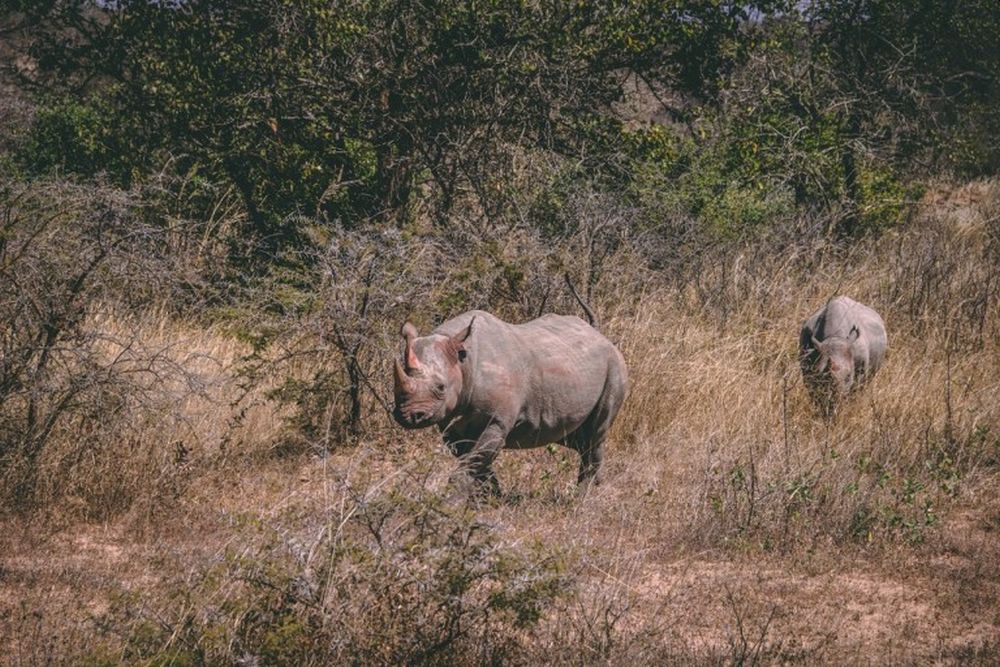
Image: Etosha National Park
The plains are covered by large herds of springbok and zebra. There are 114 species of mammals in the park – including lion, leopard, elephant, rhino, giraffe, wildebeest, cheetah, hyena, kudu, gemsbok and eland. Smaller species found in the park are jackal, bat-eared fox, warthog, honey badger and ground squirrel.
Ngorongoro Crater Conservation Area, Tanzania
Ngorongoro Crater Conservation Area is one of the largest national parks of the country. Established in 1959, and covering an area of 8,292 square kilometer, the park is home to a high number of wild animals of different species such as spotted hyenas, wildebeest, zebras, reedbucks, jackals, gazelles, wild dog, cheetahs and many other species.
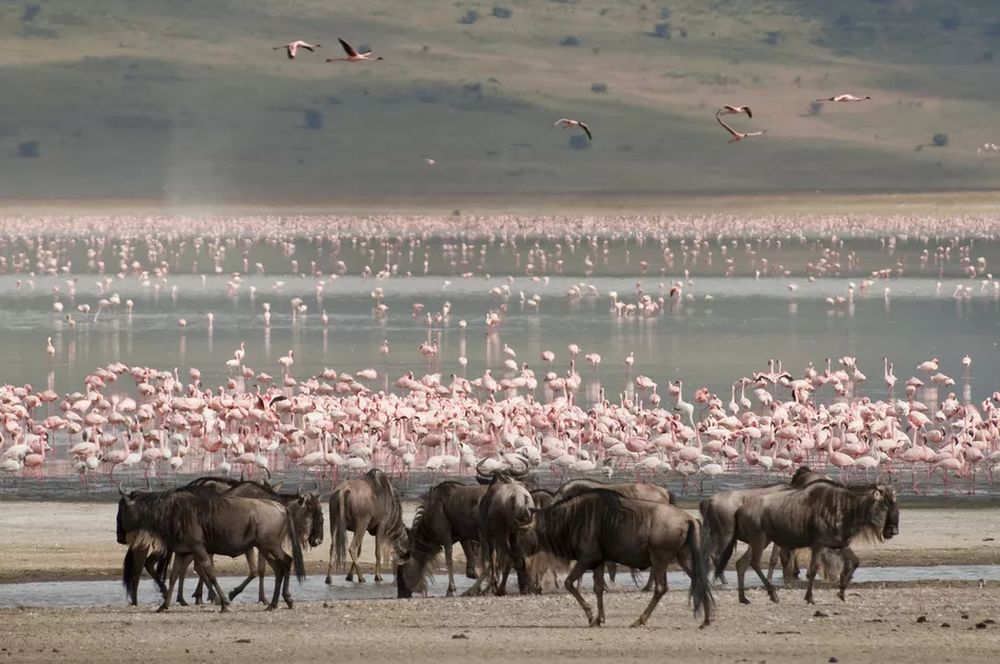
Image: Ignacio Palacios
Approximately 25,000 large animals, mostly ungulates, live in the crater. Large mammals in the crater include the black rhinoceros, the African buffalo or Cape buffalo, and the hippopotamus. Cheetah, East African wild dog, and African leopard are also the inhabitants of the park.
Stony Point Nature Reserve, South Africa
Stony Point Nature Reserve is a safe haven to one of the largest successful breeding colonies of African Penguin on the planet. Situated in the quaint coastal town of Betty’s Bay in the Overberg, the Stony Point Nature Reserve offers glimpse into the natural habitat, without disturbing the penguins.
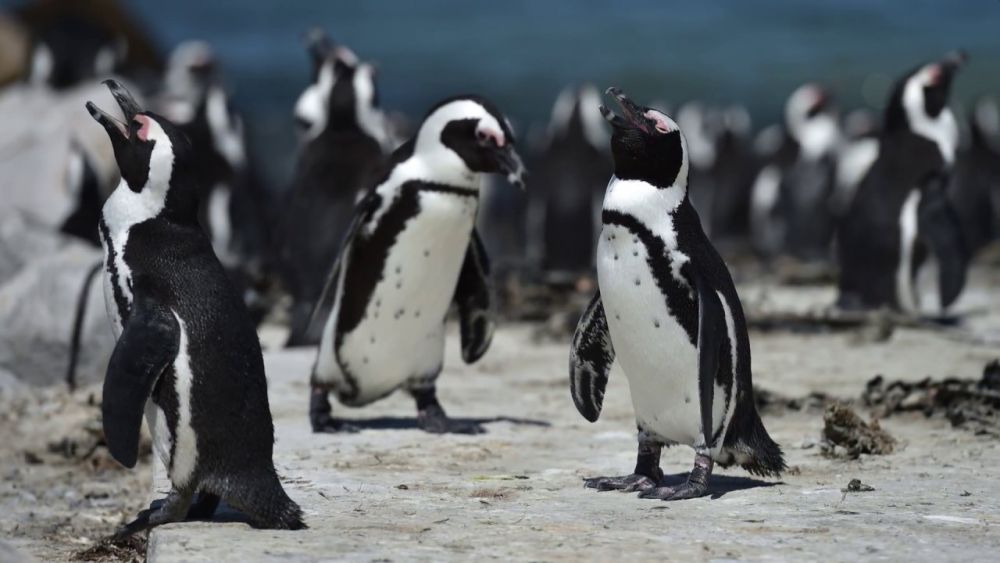
Image: YouTube
The colony also inhabits three species of cormorant; the Crowned cormorant, Cap cormorant and Bank cormorant, all of which breed on the outer rocks. There are also Hartlaub’s Gulls, Kelp Gulls, and Rock Hyrax, more commonly known as the Dassie, living in the colony.
Maasai Mara National Reserve, Kenya
Maasai Mara is one of the most famous and important wildlife conservation and wilderness areas in Africa. It is world-renowned for its remarkable populations of lion, African leopard, cheetah and African bush elephant. It also hosts the Great Migration, which spans over a greater African ecosystem. The reserve is home to lion, leopard, elephant, Cape buffalo, and black and white rhinos. Hippopotami and crocodiles are found in large groups in the reserve. Hyenas, cheetahs, jackals, servals and bat-eared foxes can also be found in the reserve.
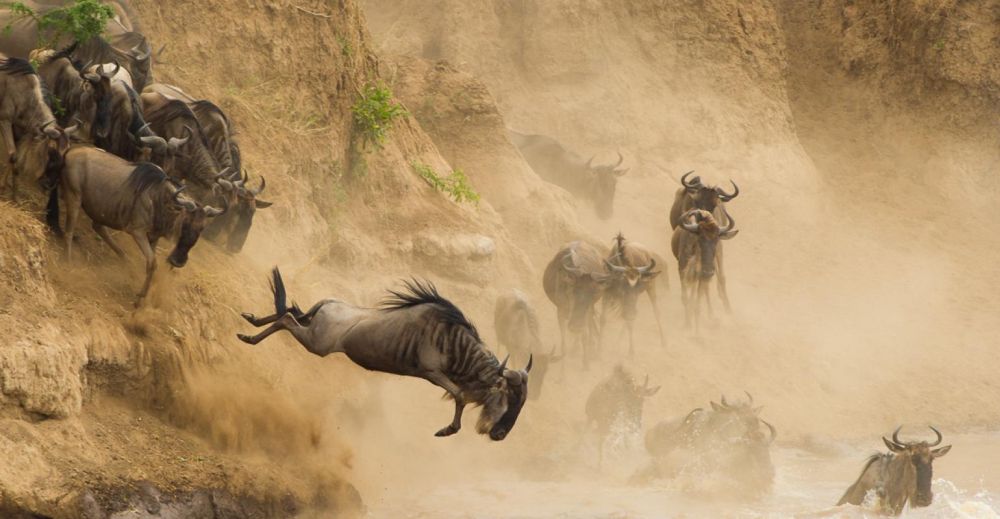
Image: Maasai Mara National Park
Wildebeest, topi, zebra, and Thomson’s gazelle migrate into and occupy the Mara reserve – from the Serengeti plains to the south and Loita Plains in the pastoral ranches to the north-east, from July to October or later. Over 470 avian species have been identified in the park, many of which are migrants, with almost 60 species of raptors. The other bird species include vultures, marabou storks, secretary birds, hornbills, crowned cranes, ostriches, long-crested eagles, African pygmy-falcons and the lilac-breasted roller.
Kruger National Park, South Africa
Kruger National Park in South Africa spans over an area of 19,485 square kilometers, and is home to the various threatened wildlife species, among others. Elephants, wildebeests, endangered African wild dog, Cape buffalo, and impalas are the residents of the park.
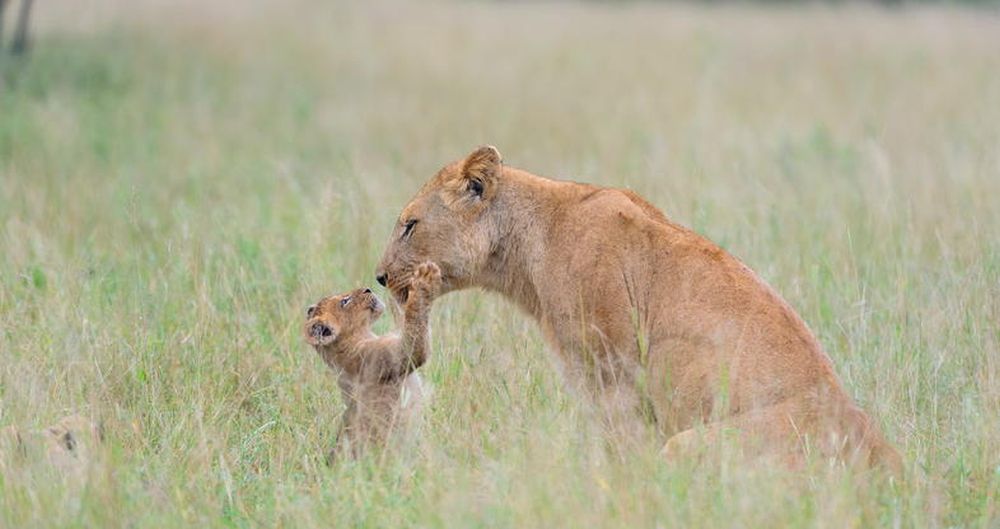
Image: Kruger National Park
Over 500 species of birds are found at Kruger, out of which 253 are residents, 117 non-breeding migrants, and 147 nomads. The lappet-faced vulture, martial eagle, saddle-billed stork, kori bustard, ground hornbill and the reclusive Pel’s fishing owl can also be found in the park.
Sanctuaries in the Americas
Sloth Sanctuary, Costa Rica
The Sloth Sanctuary of Costa Rica is dedicated to the rescue, rehabilitation, research, and release of inured or orphaned sloths. This is a privately owned animal rescue center was officially recognized in 197, becoming Costa Rica’s first sloth-only facility.
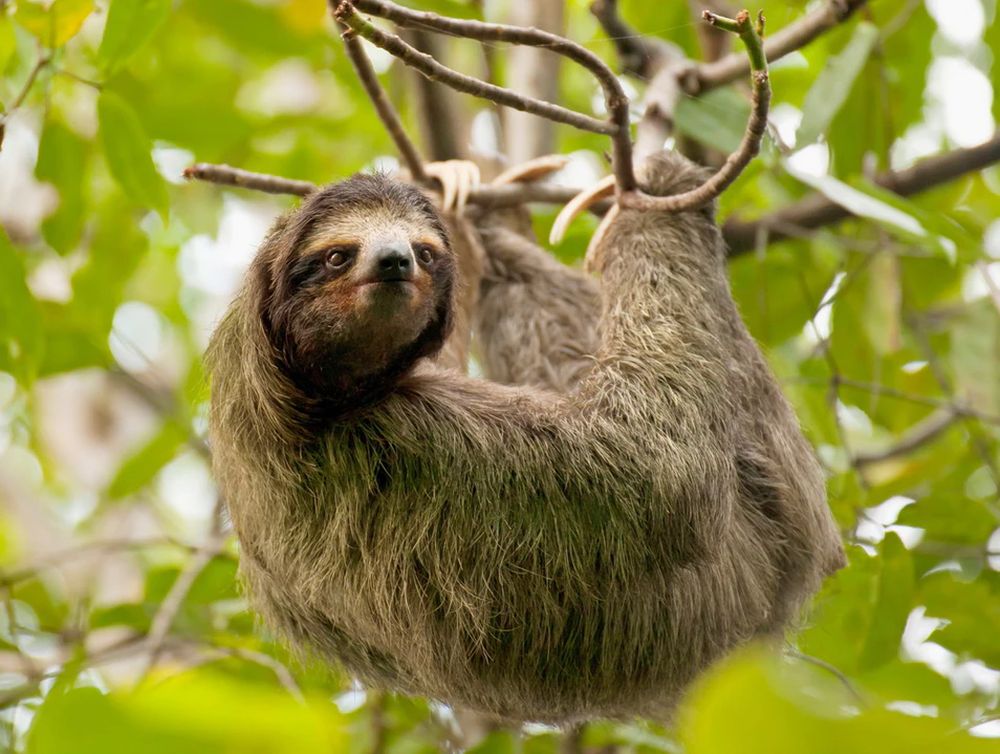
Image: AFAR
The purpose of the Sloth Sanctuary is the rescue, rehabilitation, research and, when possible, release of sloths into their natural habitat; while simultaneously educating people about conserving the rainforest, the sloths’ natural habitat that is getting destroyed rapidly.
Arctic National Wildlife Refuge, Alaska
It is a national wildlife refuge in northeastern Alaska, US; consisting of 19,286,722 acres in the Alaska North Slope region. It is the largest national wildlife sanctuary in the country. The Arctic National Wildlife Refuge is the only refuge that regularly dens polar bears in that local region, and contains the most consistent number of polar bears in the area.
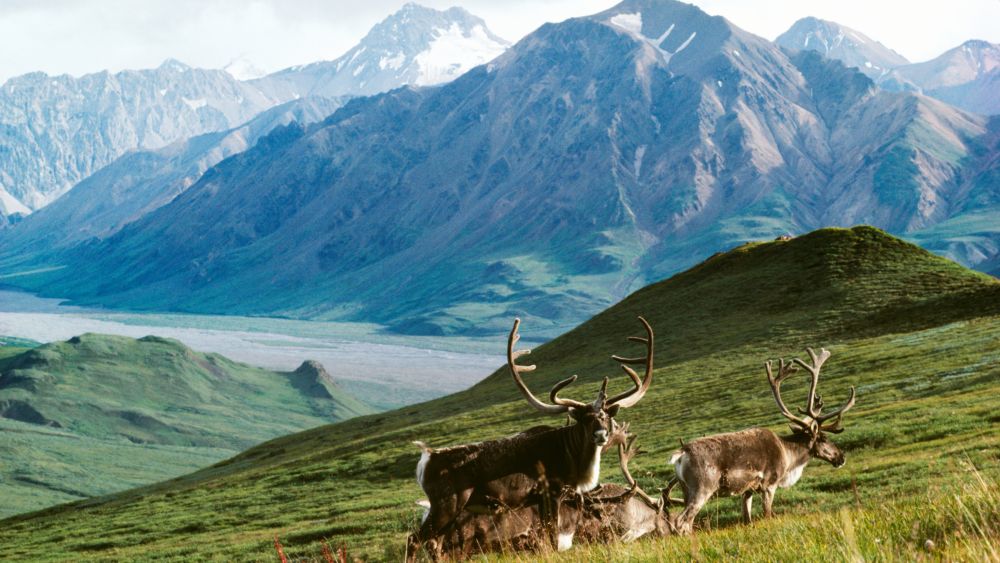
Image: Alaska Conservation Foundation
This sanctuary inhabits a large variety of species of flora and fauna – such as polar bears, grizzly bears, black bears, moose, caribou, wolves, eagles, lynx, wolverine, marten, beaver and migratory birds.
Crocodile Lake National Wildlife Refuge, Florida
The Crocodile Lake National Wildlife Refuge was opened in 1980, under the Land and Water Conservation Fund Act of 1965 and the Endangered Species Act of 1973. It was established in a bid to protect critical breeding and nesting habitat for the threatened American crocodile and other wildlife.
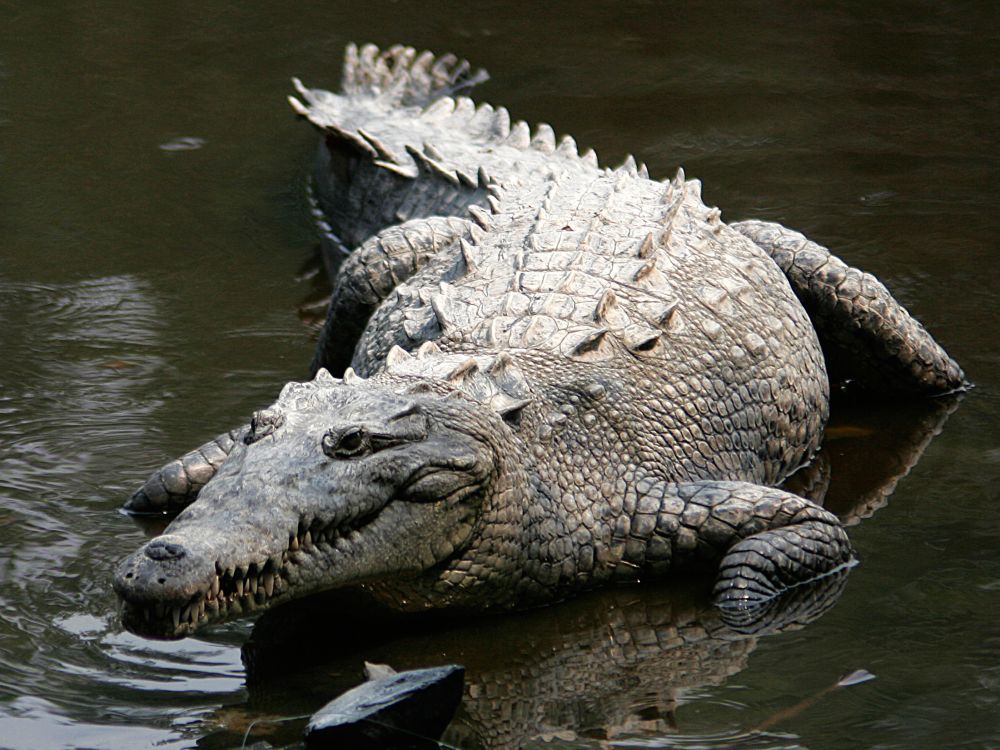
Image: Tomás Castelazo
The sanctuary includes an area of 650 acres of open water in and around it. Moreover, it is one of the only three breeding populations of the American crocodile; and is home to tropical hardwood hammock, mangrove forest, and salt marsh.
Aransas National Wildlife Refuge, Texas
It is an 115,324 acres of protected area situated in Texas, which is spread across parts of Aransas, Refugio, and Calhoun counties. Aransas National Wildlife Refuge was established in 1937 as the Aransas Migratory Waterfowl Refuge as a refuge and breeding ground for migratory birds and other wildlife.
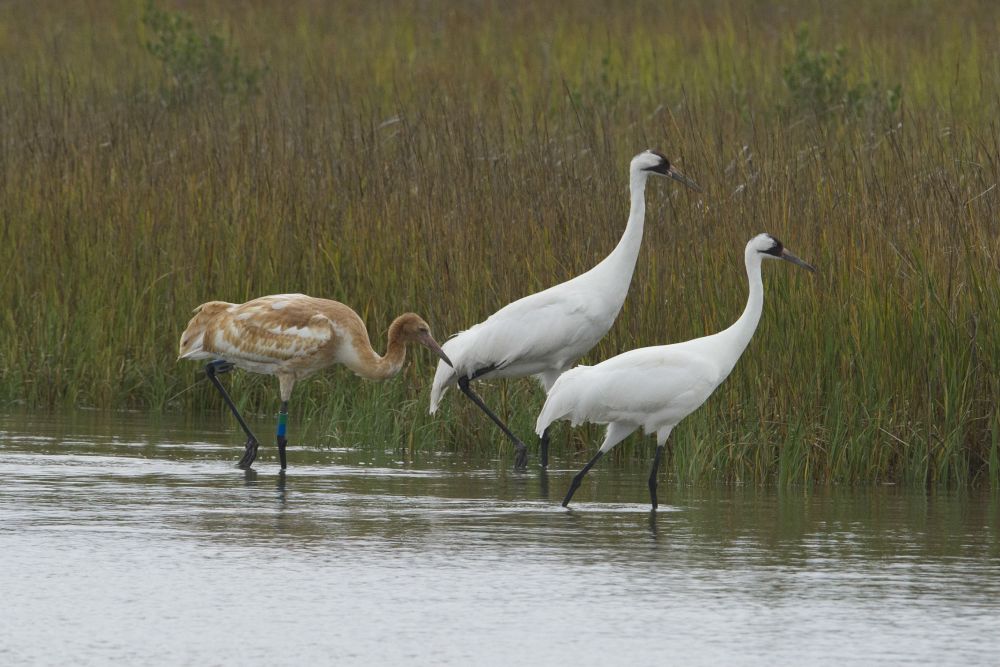
Image: Flickr
This landscape is best known for its prominent efforts in conservation of whooping cranes. In 1941, when only 15 whooping cranes survived in the wild, the iconic bird became a symbol of alarm and concern for all endangered and threatened species. Since its inception, the refuge has become a focal point of the national and worldwide effort to rescue the species from extinction.
San Diego National Wildlife Refuge, California
It was established as part of a program designed to conserve enough open space and habitat for species survival while enabling orderly development to occur where it was required. San Diego National Wildlife Refuge‘s abundance of coastal sage and chaparral are an important addition to other inland preserves established to conserve and restore fast shrinking habitat.
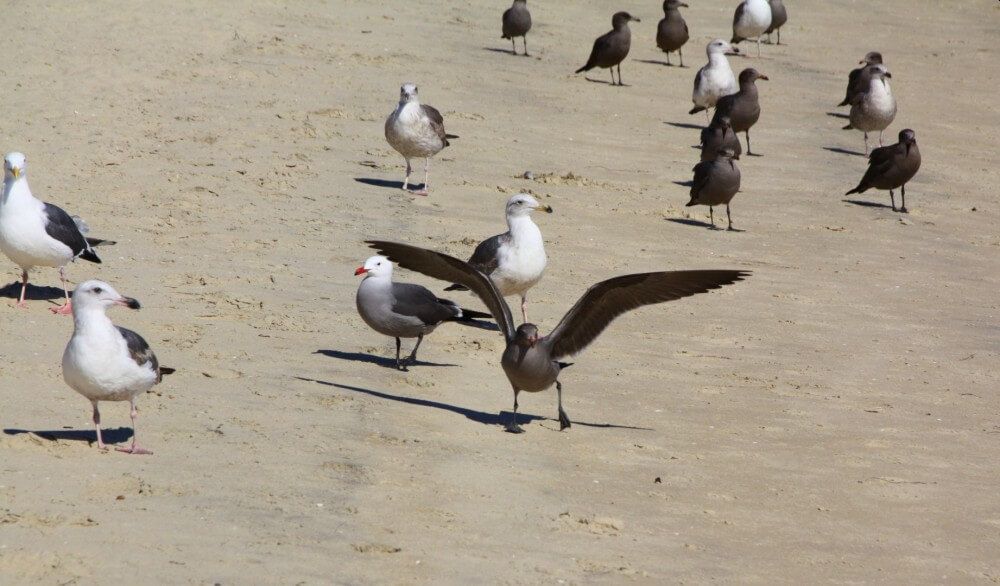
Image: California Beaches
This inland refuge is home to such endangered birds as least Bell’s vireo, California gnatcatcher, a rare butterfly, the Quino checkerspot and to the San Diego horned lizard. Biological surveys for other species are ongoing as new land is acquired.
Vieques National Wildlife Refuge, Puerto Rico
The Vieques National Wildlife Refuge is situated on the island of Vieques in the Puerto Rico archipelago. The refuge comprises of various ecologically distinct habitats including; beaches, coastal lagoons, mangrove wetlands, and upland forested areas.
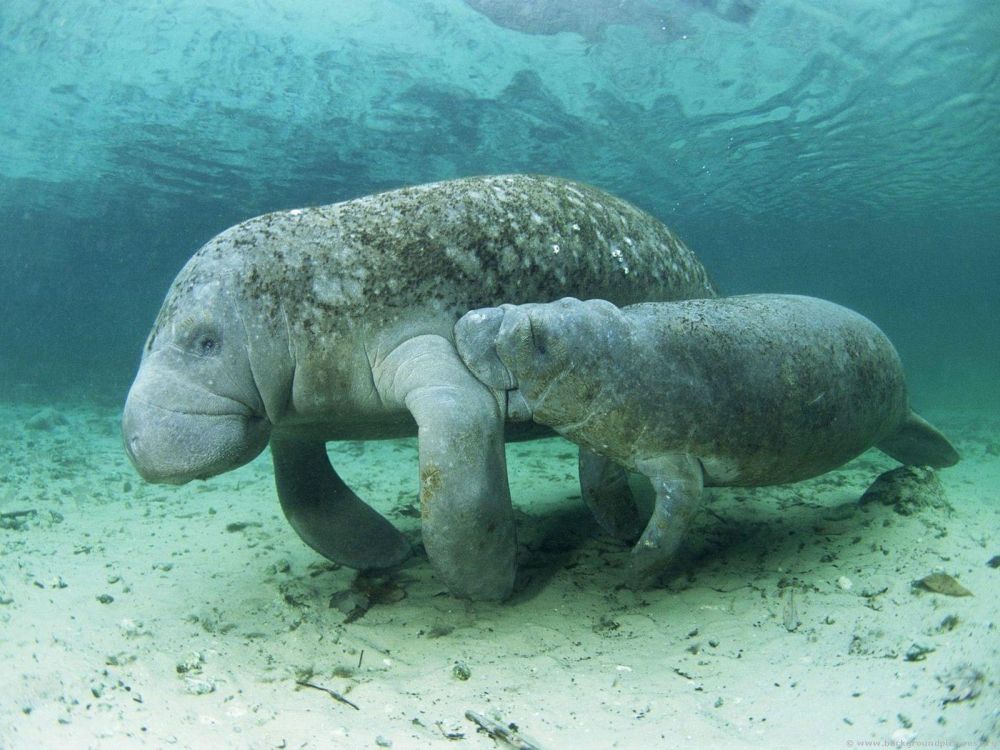
Image: U.S. Fish & Wildlife Service
The marine ecosystem of the refuge supports coral reefs and sea grass beds; and is home to at least two endangered plant and eight endangered animals’ species including the Antillean manatee, the brown pelican, and four species of sea turtles.
Kilauea Point National Wildlife Refuge, Hawaii
Kilauea Point National Wildlife Refuge has become a safe haven for migratory species including endangered Nēnē (Hawaiian goose) – which disappeared from the region 100 years ago, and various other migratory bird species. Many native and endangered plants have been reintroduced, while the invasive species were removed.
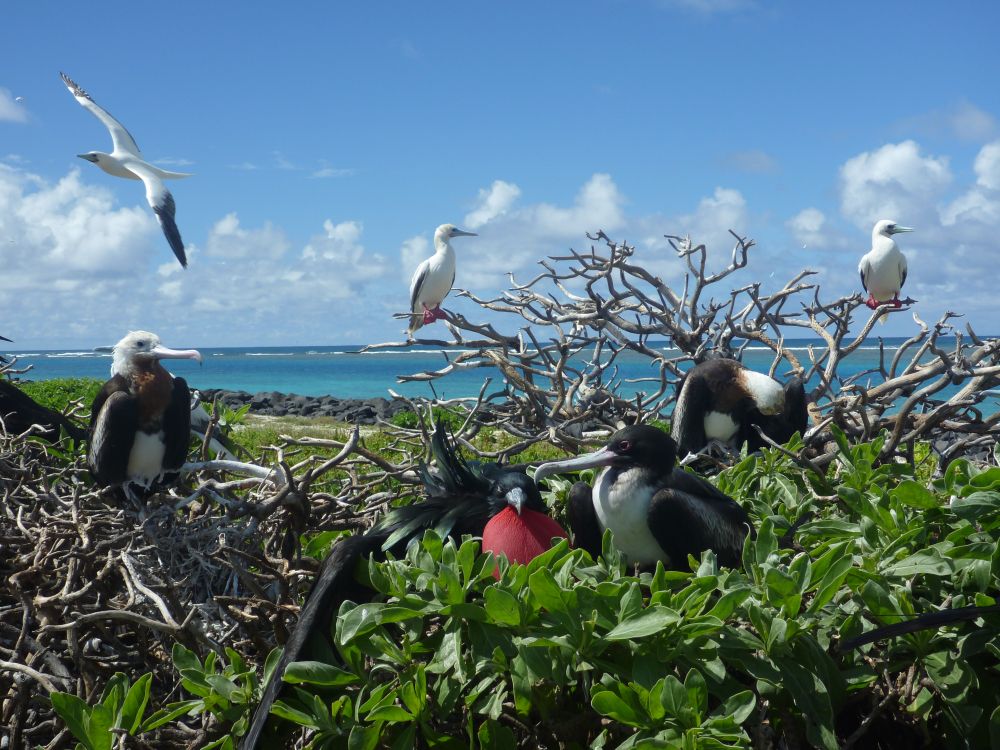
Image: Wikimedia Commons
Endangered humpback whale migrates from Alaska to Hawaii each year to mate, give birth, and rear their young. Hawaiian Monk Seal, another endangered species, also reside in the refuge; and green turtle also migrate to the Kilauea Point.
Galápagos National Park, Ecuador
Established in 1959, Galápagos National Park is Ecuador’s first national park and a UNESCO World Heritage Site. The endemic and native flora and fauna, unique in the world, make the Galapagos Islands a place with astounding beauty. Over 45 species of endemic birds, 42 reptiles, 15 mammals and 79 fish species live in Galapagos.
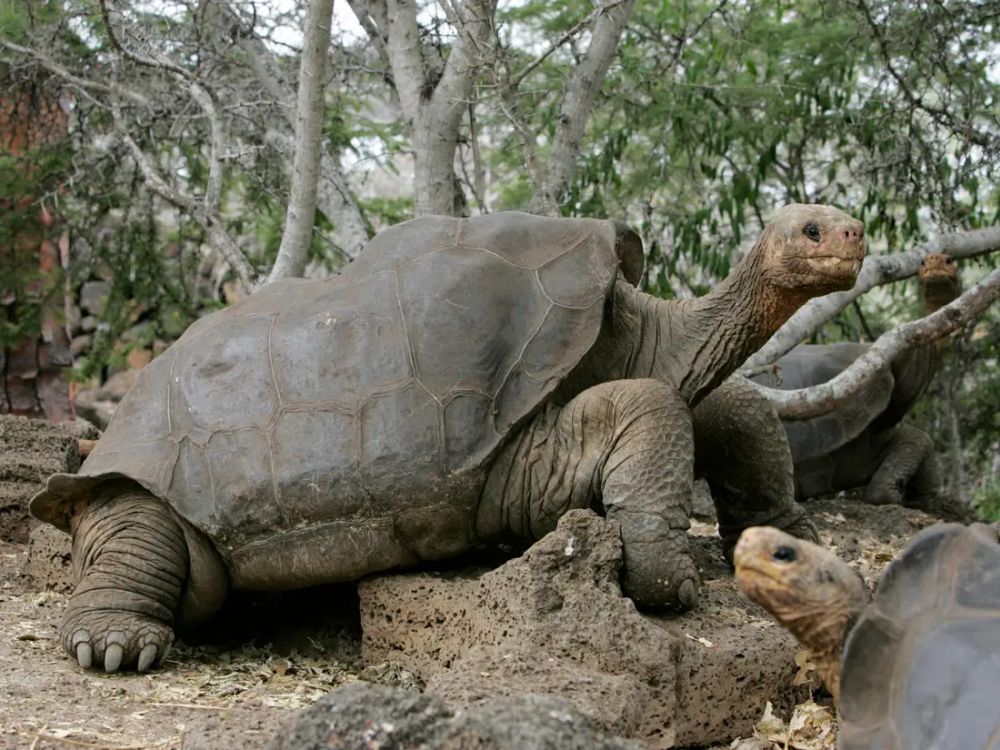
Image: Guillermo Granja
The most significant species in the park include the giant tortoises. There were 14 species of turtles in the beginning, but human predation caused the extinction of 3 species. Recently, the Lonesome George, the only specimen of the Chelonoidis abingdonii species, died of natural causes at a breeding causes, representing the global will to conserve different endangered species. The park also conserve the threatened species of scalloped hammerheads, the marine iguana, and Yellow Land Iguana.
Australian Wildlife Sanctuaries
Lone Pine Koala Sanctuary, Australia
Situated in the Brisbane suburb, the 18-hectares Lone Pine Koala Sanctuary is the world’s oldest and largest koala sanctuary. The sanctuary was opened in 1927 to provide a safe haven to sick, injured, and orphaned koalas, at a time when they were being killed for their fur. Claude Reid, the founder of the sanctuary, acknowledged the need to protect this iconic species and originated the protection of their habitat.
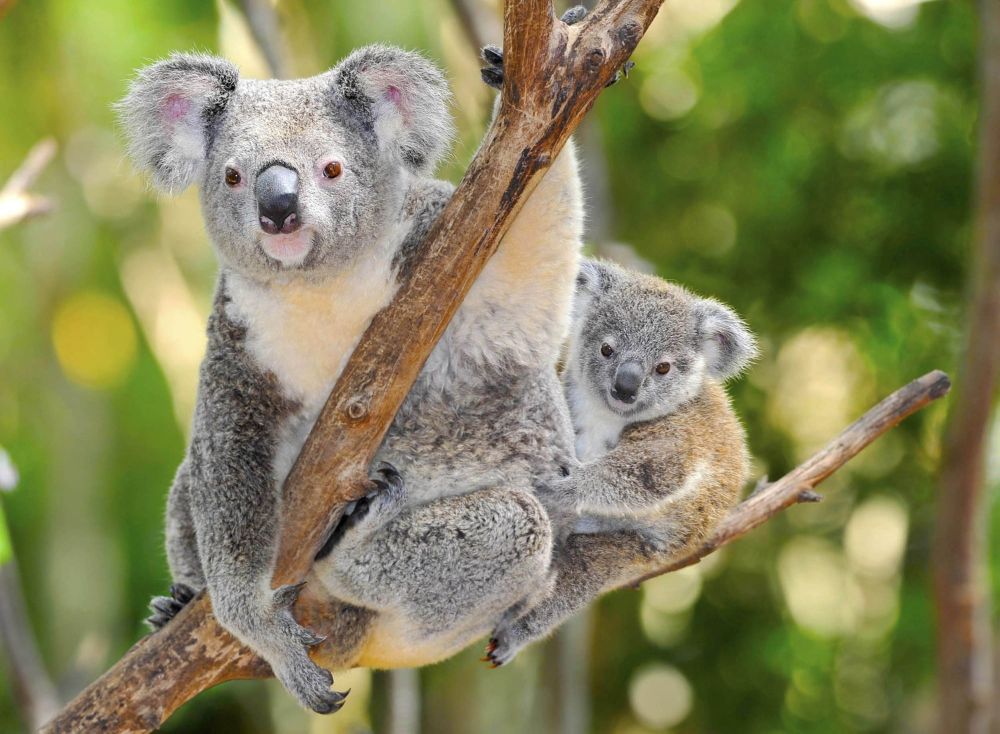
Image: West End Central
Wildlife in the sanctuary includes koalas, kangaroos, platypus, Tasmanian devils, wombats, echidnas, and various species of reptiles. Many avian species including Australian parrots and cockatoos, kookaburras, emus, and cassowaries also reside in the sanctuary.
Tiritiri Matangi Open Sanctuary, New Zealand
Tiritiri Matangi Island is a wildlife sanctuary that is located 30 kilometers northeast of central Auckland. The 220-hectare island had been stripped of 94 percent of its native bush, when between 1984 and 1994, volunteers planted nearly 30,000 trees. The island is currently 60 percent forested with the remaining 40 percent area for grassland for open habitat species.
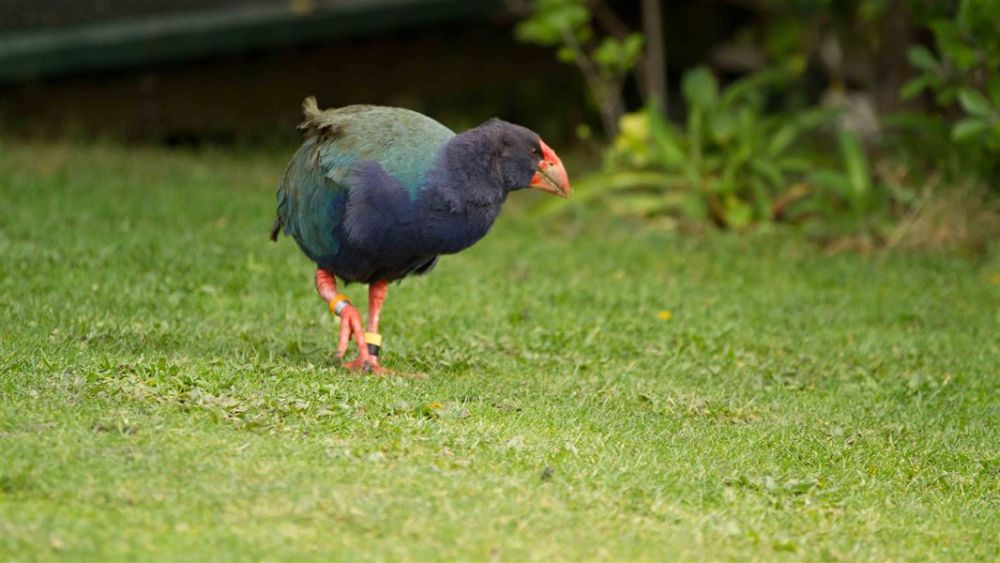
Image: Department of Conservation
Besides, all mammalian predators were removed from the island and a number of threatened and endangered bird and reptile species were successfully introduced, including the flightless takahe, one of the world’s rarest species, and the tuatara.
Bonorong Wildlife Sanctuary, Australia
Bonorong Wildlife Sanctuary harnesses the power of the community to aid in the protection of Tasmania’s unique native wildlife. The sanctuary provides a safe haven and revolves around the rehabilitation and eventual release of injured and orphaned wildlife.
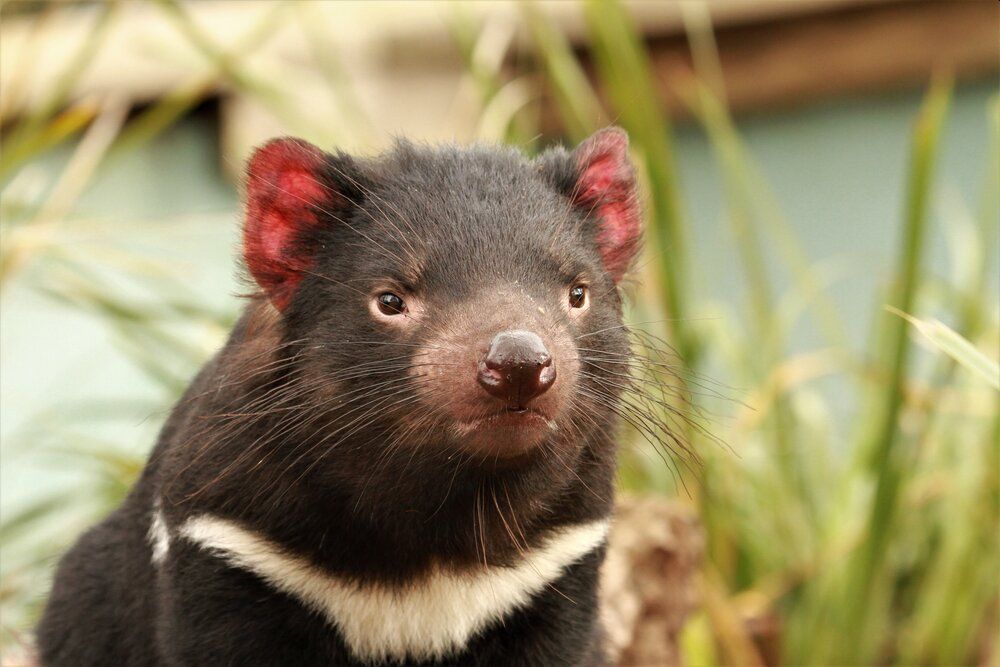
Image: Bonorong Wildlife Sanctuary
Established in 1981, this popular Tasmanian wildlife park is home to many native species that are extinct everywhere but Tasmania; these species include Tassie Devil, Tasmanian Bettong, Eastern Quoll and Tasmanian Pademelon. Other animals like wombats, koalas, kangaroos, possums, lizards, native birds and so many more are also inhabitants of the sanctuary.
Seal Bay Conservation Park, Australia
Seal Bay Conservation Park is a protected area, located in South Australia on the south coast of Kangaroo Island. It is famous as the home of the third largest Australian sea lion colony in Australia, with an estimated population of 800.
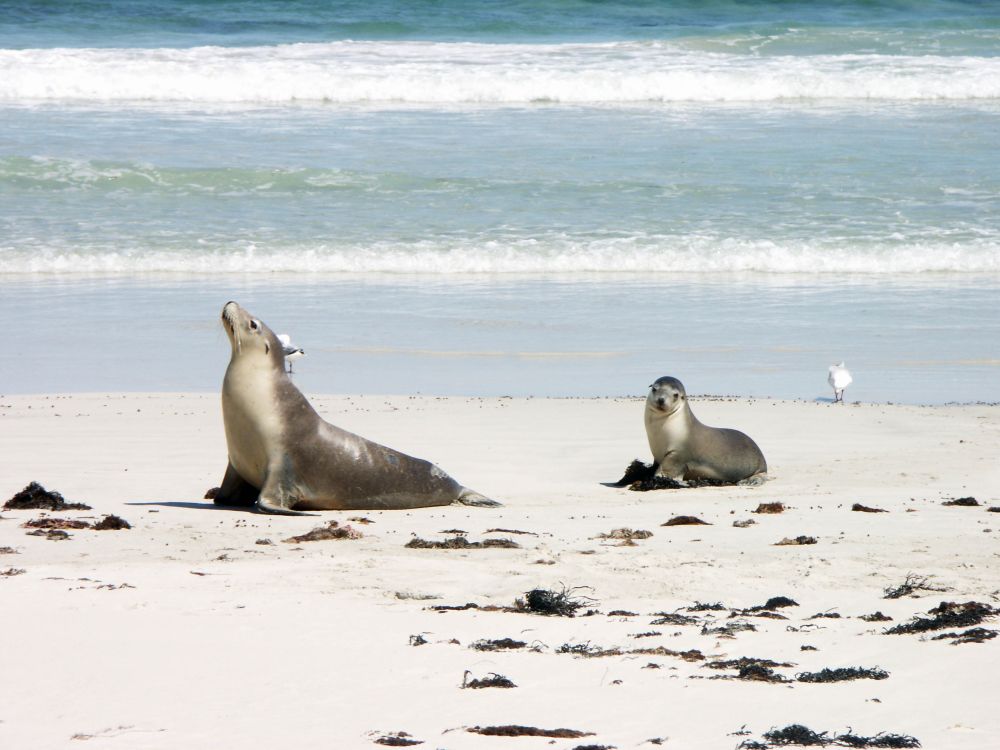
Image: Wikipedia
The Australian sea lion was nearly hunted to extinction in the 19th century; which are now listed as endangered and declining on the IUCN Red List. This vulnerable species is being protected in this park. It is part of a group of protected areas extending along the coastline from the east end of Vivonne Bay in the west to the southern end of D’Estrees Bay in the east.
Wildlife Reserve across Europe
The Donkey Sanctuary, UK
The Donkey Sanctuary is an international charity based in the UK, working toward the welfare of donkeys. Since 1969, thousands of donkeys have passed through the Donkey Sanctuary’s gates in the UK. The Donkey Sanctuary works throughout the world helping to improve conditions for working donkeys and mules.
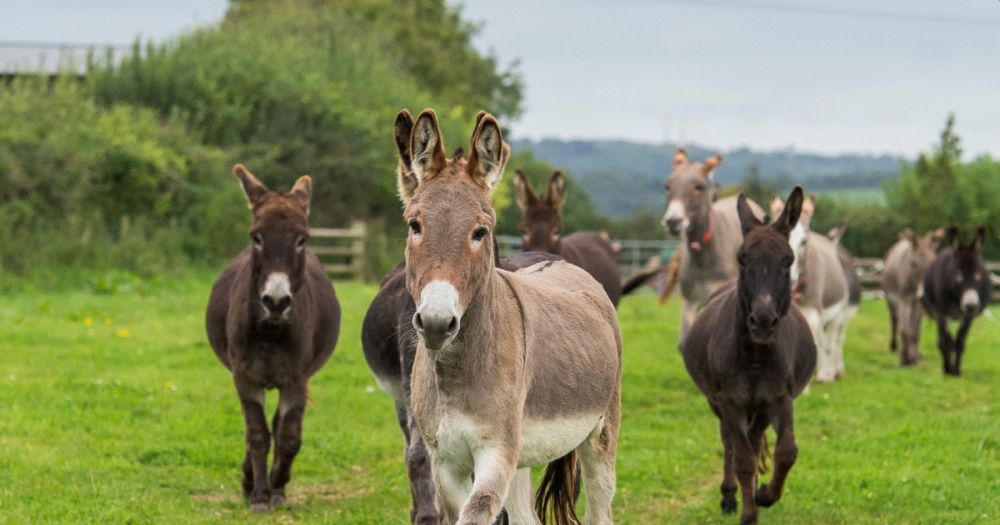
Image: The Donkey Sanctuary
The worldwide projects vary from research into tropical diseases of both national and international importance, to mobile clinics and sanctuaries providing free clinical treatment and advice on management, husbandry and nutrition in donkeys and mules. The charity is also engaged in investigations of transportation methods of donkeys and mules throughout Europe.
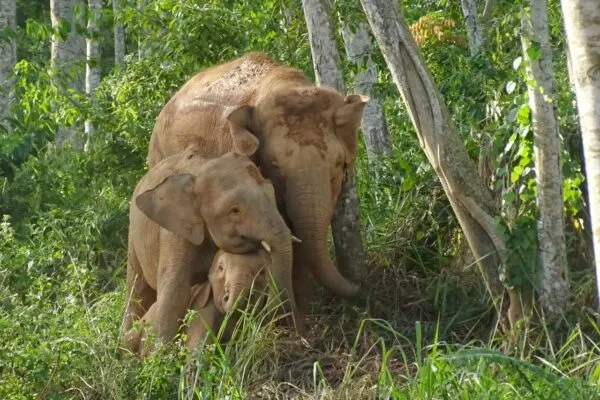
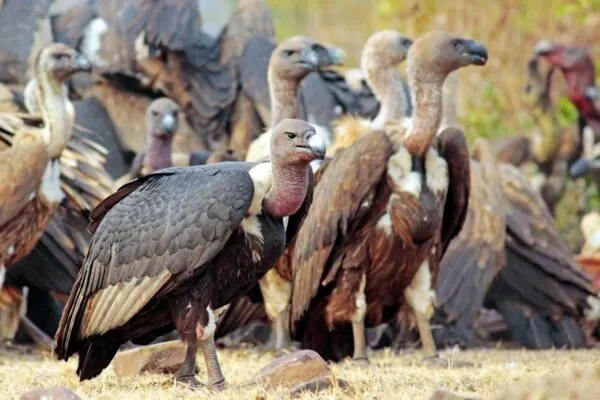
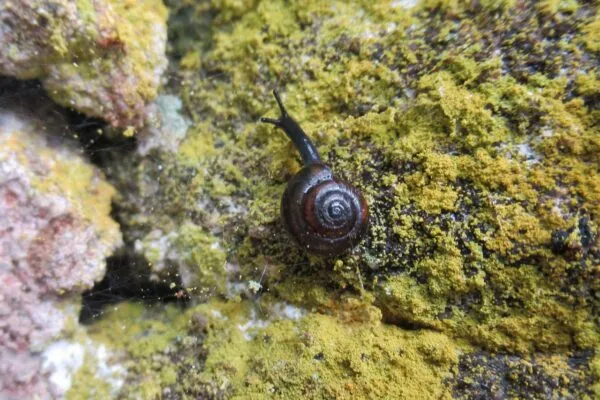
1 thoughts on “Wildlife Sanctuaries Across the World Saving Endangered Flora and Fauna”